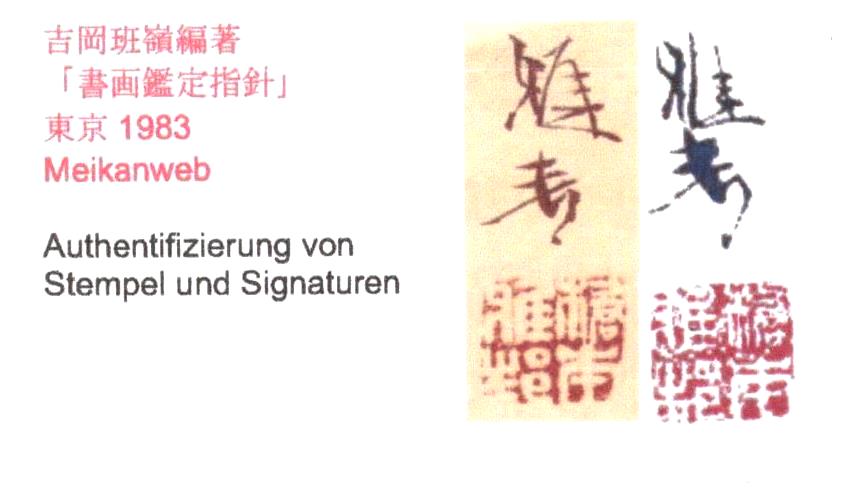Guignard Kyoto Collection
Bay with rider | Hashimoto Gahō 橋本雅邦 | 1835-1908
Bay with rider | Hashimoto Gahō 橋本雅邦 | 1835-1908
Couldn't load pickup availability
Gahō is one of the most fascinating figures in the art world of the Meiji period (1868-1912), when it became difficult for Japanese artists to continue their own tradition and at the same time engage with Western painting. Even though Gahō's oeuvre contains very different styles, perhaps the most important theme for him was to breathe new life into the old art of ink painting, as it had been developed in Japanese culture since the 15th century. He was not interested in repeating styles, but in an explosive new perspective.
This also applies to this scroll painting: the motif of the Taoist sage riding through the countryside on his donkey and completely surrendering himself to the will of the animal because he has come to the realization that all human desires actually lead nowhere is very old. But the way the Taoist understanding of the world of adapting to the course of things is formulated here is very original. The curve of the trees corresponds to the rounded back of the donkey and that of the rider. The skinny, bent legs of the donkey are very similar in their formulation to the tree trunks in the fading shades of gray that suggest the depth of the world. The rider thus becomes - formally understandable - truly one with the world in which he moves on his donkey.
A typical Gahō stroke of genius is the balancing of the dark treetops with the pitch-black, sharply contoured pond that the sage trots past. Such an almost silhouette-like element would never be found in old ink painting. This is where the drive of the modern age is revealed!
Gahō came back into the Japanese consciousness in 2010, when the New Year's stamp for the Year of the Tiger featured a magnificent tiger as its subject. During a philatelic week in April, eight of the painter's pictures were also selected to create a series of special stamps.












